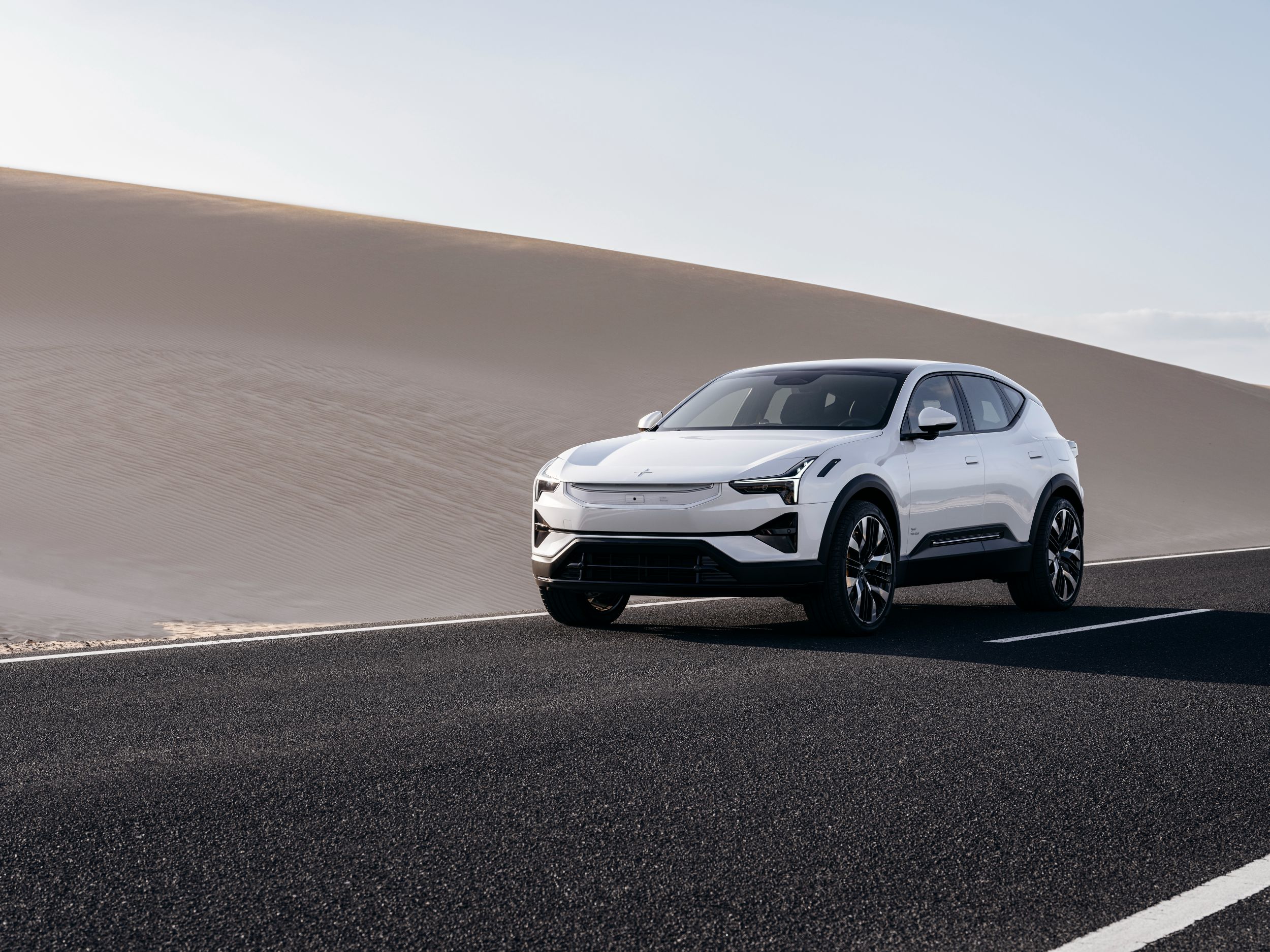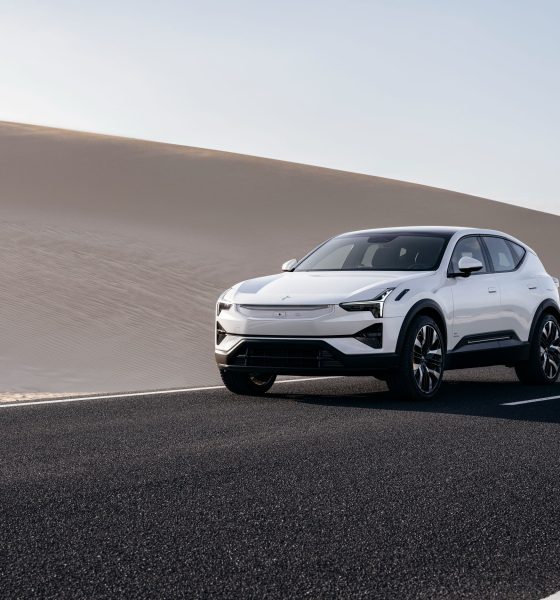Polestar has announced the production start date for its new South Carolina production facility, which it will be sharing with Volvo Cars.
Polestar, much like many import brands in the United States, has faced one substantial hurdle over all others over the past year; EV incentives. While these tax incentives were previously reasonably straightforward, with the passing of the Inflation Reduction Act, things got a lot more complex, requiring EVs to be manufactured in North America (among other requirements) to qualify for incentives. Now, the Swedish automaker is poised to finally address that issue as it begins production in South Carolina.
Polestar’s “new” production facility, which currently produces Volvo vehicles, will begin production of the all-electric brand’s vehicles in 2024, according to a recent report from Reuters. This stems from Polestar’s unique connection with its parent company Volvo.
Polestar initially announced that it would begin producing vehicles at the South Carolina facility in Q4 of last year, stating that the new Polestar 3 full-size SUV would be the first vehicle to be made at its American facility. Previously, Polestar’s production has centered in China, which has been helpful as the brand took advantage of the production capabilities of its other notable parent company, Chinese automaker Geely.
Polestar will continue producing vehicles at its Chinese facilities. Still, as noted by the company’s CEO, Thomas Ingenlath, America will be its second production hub, eventually even supplying vehicles to Europe.
The production capacity of the upcoming Polestar facility has not been released, and it remains unclear how this change will affect Volvo’s existing production at the facility. Still, with an annual production target of 80,000 vehicles this year and likely well over 100,000 next year, the company will need to establish its production capabilities quickly.
While many American customers and Polestar fans are likely elated at the idea of finally being able to buy a vehicle from the brand with the help of a tax incentive, it should be noted that it remains unclear if the company’s vehicles qualify. Starting today, the Federal government has introduced two new barriers to achieving incentives, primarily regarding where battery components are sourced from and the materials within them. In short, if anything over half the value of the battery is being sourced from abroad, the vehicle won’t qualify.
On top of these battery sourcing requirements, vehicles produced at the South Carolina facility will also need to be priced under a segment-specific amount to qualify, which for SUVs, is $80,000.
It should be noted that Polestar still has a lot of time before production starts to make changes that could allow any of their vehicles to qualify, as long as they are assembled at its South Carolina facility, but this will undoubtedly be a monumental task. Luckily, Polestar certainly isn’t alone, with numerous automakers facing the same pressure, but getting the jump on its competitors could be the key to future success in the United States and around the globe.
What do you think of the article? Do you have any comments, questions, or concerns? Shoot me an email at william@teslarati.com. You can also reach me on Twitter @WilliamWritin. If you have news tips, email us at tips@teslarati.com!
News
Neuralink Head of Surgery teases exciting Tesla Optimus update
If successful, the test could result in Neuralink patients accomplishing impressive feats using Optimus.
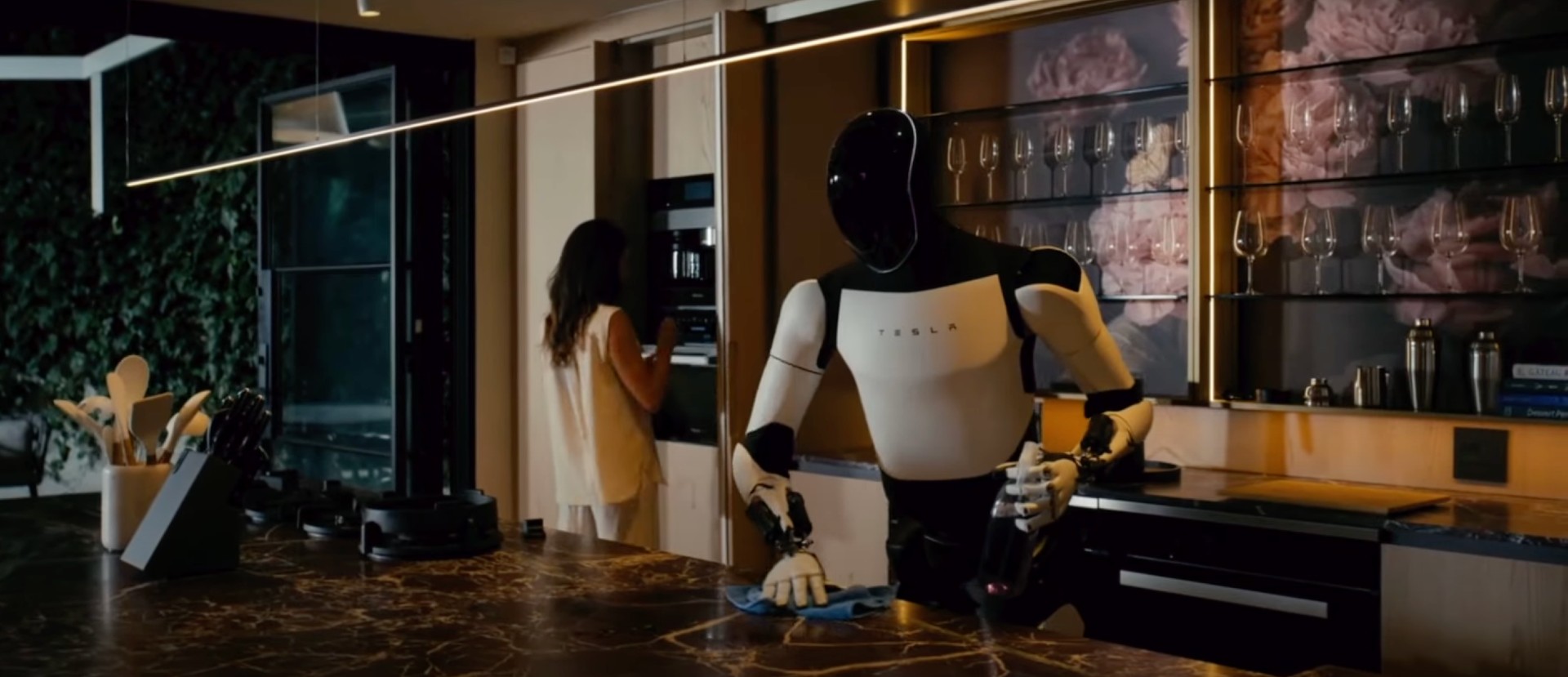
Neuralink’s Head of Surgery has teased what could very well be the an incredibly ambitious and insane collaboration with Tesla Optimus, Elon Musk’s humanoid robot that is expected to start initial trial production sometime next year.
If successful, the test could result in Neuralink patients accomplishing impressive feats using Optimus.
Neuralink’s current trials
Neuralink recently shared a video of Alex, the second human recipient of its Telepathy device. Alex is part of Neuralink’s PRIME study, and he was selected to be the first patient to control a robotic arm using only his mind. As could be seen in the video, Alex is now capable of operating household appliances using a robotic arm that he controls with his mind.
In response to the video, which was posted by Neuralink co-founder and President DJ Seo, the startup’s Head of Surgery Mechanical Engineering, Danish Hussain, joked that the company is really just helping out people. This was despite critics arguing that Neuralink is some giant evil corporation. “We’re literally just out here helping the homies eat pretzels lol,” the Head of Surgery ME wrote.
Next steps with Optimus
The Neuralink Head of Surgery ME’s comments caught quite a bit of attention on X, with some, such as Elon Musk, highlighting that Neuralink is actually a pretty small company. Other commenters also asked whether Neuralink would eventually train its patients with Tesla Optimus V2, a humanoid robot. Hussain shared an exciting response: “We’re starting simple, but this will happen very soon!” he wrote in a post on X.
Having the capability to control an Optimus robot using only the mind would most definitely be a life-changing ability for Neuralink’s patients. Of course, Tesla might wait until Optimus V3 gets rolled out before such a trial might happen, as that is the variant of the humanoid robot that seems to be heading for mass production. Either way, it seems like an age where Optimus robots can be controlled by thoughts using a Neuralink implant may be coming sooner than expected.
News
Tesla Supercharger Network is so reliable, it’s pushing Model Y sales
Tesla’s Supercharger network is proving to be a key factor in the company’s dominance in several key markets.
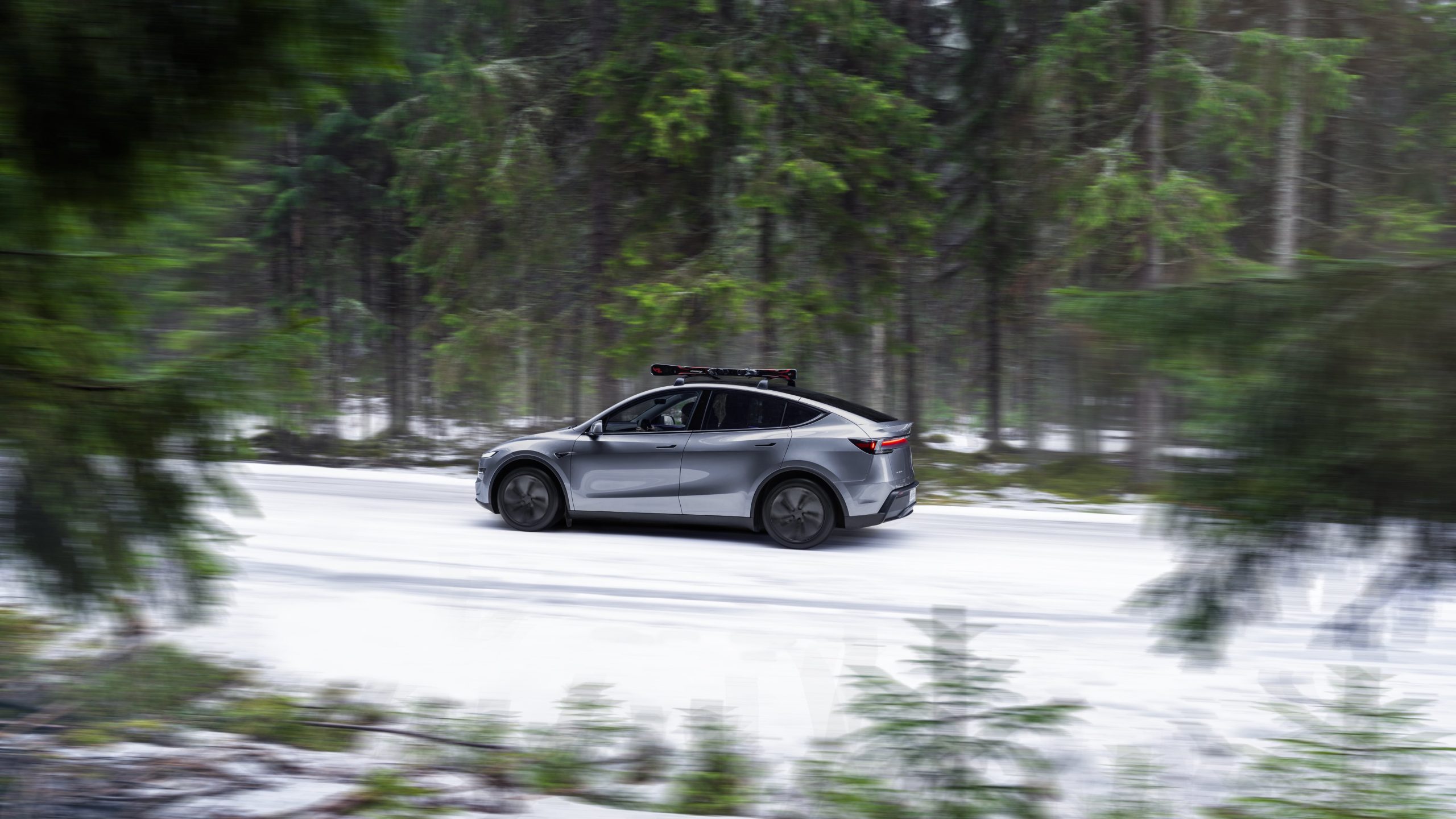
Tesla’s Supercharger network is proving to be a key factor in the company’s dominance in several key markets. These include Norway, which has become a place of strength for the new Model Y.
This was hinted at by Tesla’s Director of Charging, Max de Zegher, on social media platform X.
Supercharger network sets the industry standard
As noted by the Tesla executive, the Model Y accounted for 29% of all vehicle sales in Norway in September. Part of the vehicle’s success was likely due to the reliability of the Supercharger Network, which is class leading even in Norway, where 98% of new cars sold are electric.
De Zegher emphasized on X that Tesla Superchargers are still in a class of their own. An EPSI survey of nearly 1,500 Norwegian EV drivers supported his claim, as Tesla Superchargers retained first place in customer satisfaction for the fifth consecutive year.
The EPSI Survey‘s results
Respondents to the EPSI survey praised the Supercharger network’s strong uptime, abundant capacity, and user-friendly digital solutions, placing it ahead of other operators such as Uno-X. Survey researchers highlighted that Tesla has set the standard when it comes to simplicity in the charging process.
Drivers also cited competitive pricing and seamless plug-and-charge functionality as major reasons they prefer Tesla’s network, especially in Norway’s extreme winter conditions where reliability is critical.
“Tesla has set the standard for simplicity in the charging process. Combined with competitive prices, this means that many electric car drivers say they are likely to choose Tesla again the next time they need to charge,” EPSI noted in a post.
News
Tesla top exec Tom Zhu highlights Elon Musk’s “prime directive” for FSD
Zhu’s comments emphasize Tesla’s uncompromising focus on safety, which has made the company’s vehicles among the safest on the road.
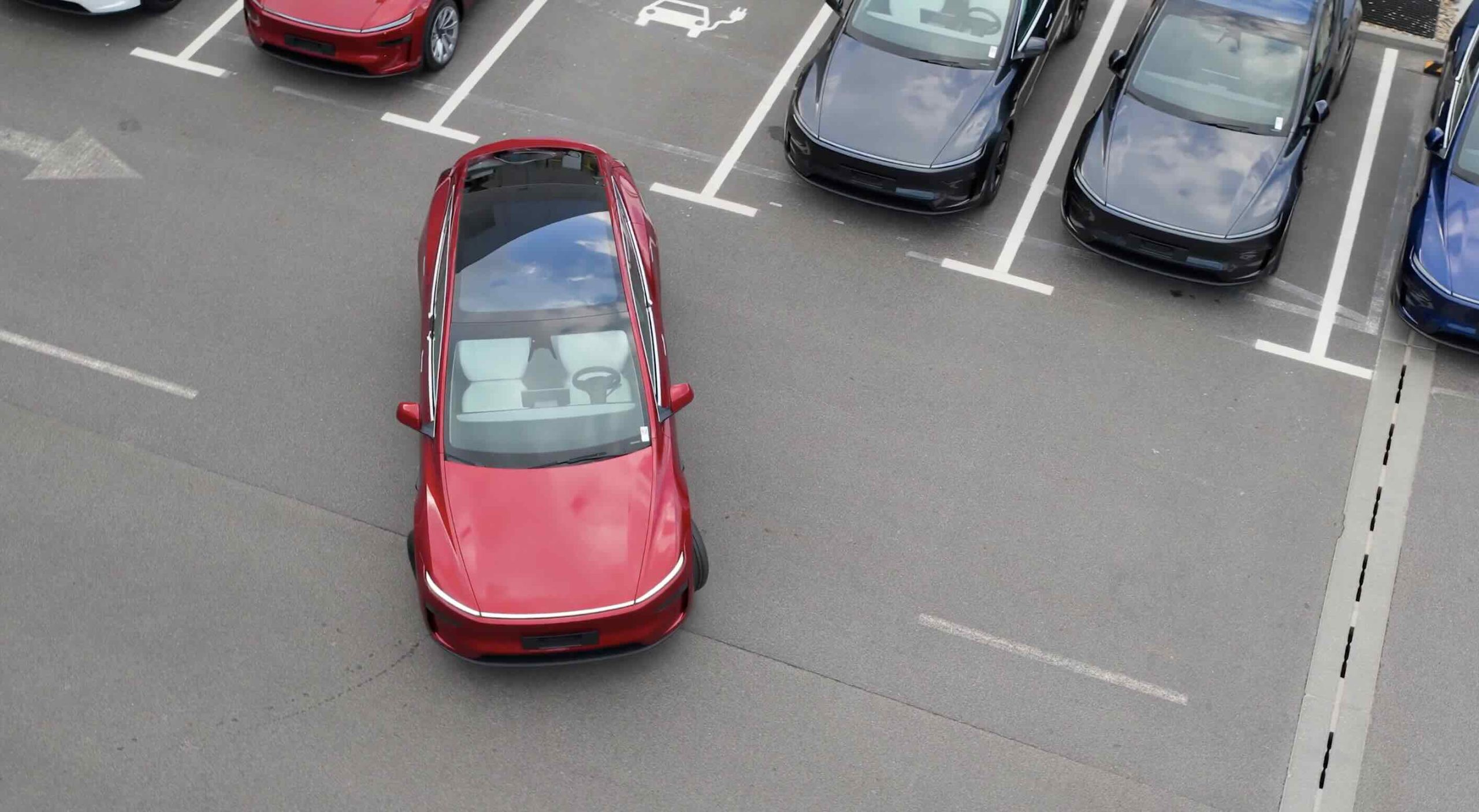
Tesla Senior Vice President for Automotive Tom Zhu, a key executive behind the company’s success in China and Giga Texas, recently highlighted the “prime directive” of Full Self-Driving (FSD).
Zhu’s comments emphasize Tesla’s uncompromising focus on safety, which has made the company’s vehicles among the safest on the road.
Echoing Musk’s vision for safe autonomous driving
Zhu’s post quoted Musk’s statement from 2021, where the CEO reportedly stated that FSD must avoid accidents even if the most ridiculous events happened in the middle of the road. Zhu stated that beyond everything, Tesla’s systems like Autopilot and FSD are designed to keep passengers safe.
“Elon said it in 2021: “For self-driving, even if the road is painted completely wrong and a UFO lands in the middle of the road, the car still cannot crash and still needs to do the right thing. The prime directive for the autopilot system is: Don’t crash. That really overrides everything. No matter what the lines say or how the road is done, the thing that needs to happen is minimizing the probability of impact while getting you to your destination conveniently and comfortably,” Zhu stated.
“The prime directive, the absolute priority, is to minimize the probability of injury to yourself or to anyone on the road, to pedestrians, or anything like that. It can’t be dependent on the road markings being correct.”
Tesla leadership rallies behind global FSD rollout
Tom Zhu, who previously led Tesla China through its record-breaking growth phase, now oversees automotive operations worldwide. He has reportedly become a problem solver for Elon Musk over the years, with previous reports stating that he was brought in to help Giga Texas optimize its vehicle production ramp.
Zhu’s comments may sound ambitious, but FSD has proven that it values safety above all else over the years. This was highlighted recently in an incident in Australia, when a Model Y was hit by what could very well be a meteor. Despite the impact and part of its windshield melting, the vehicle was able to drive safely and keep its passengers safe.
-
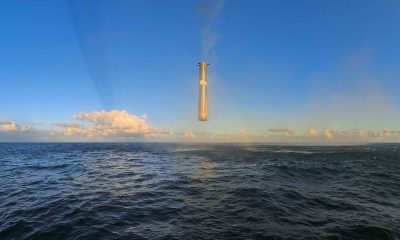
 Elon Musk2 weeks ago
Elon Musk2 weeks agoSpaceX posts Starship booster feat that’s so nutty, it doesn’t even look real
-

 Elon Musk2 weeks ago
Elon Musk2 weeks agoTesla Full Self-Driving gets an offer to be insured for ‘almost free’
-
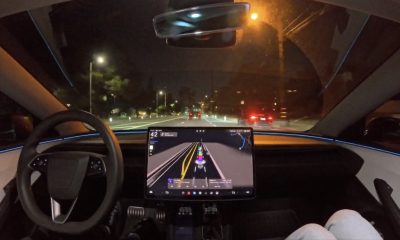
 News2 weeks ago
News2 weeks agoElon Musk confirms Tesla FSD V14.2 will see widespread rollout
-
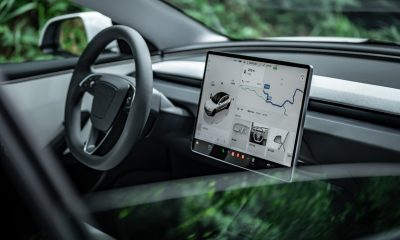
 News2 weeks ago
News2 weeks agoTesla is adding an interesting feature to its centerscreen in a coming update
-
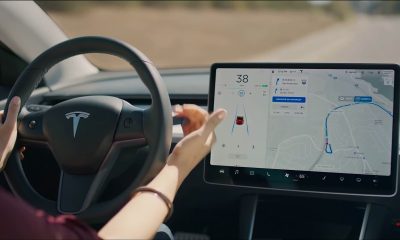
 News2 weeks ago
News2 weeks agoTesla widens rollout of new Full Self-Driving suite to more owners
-
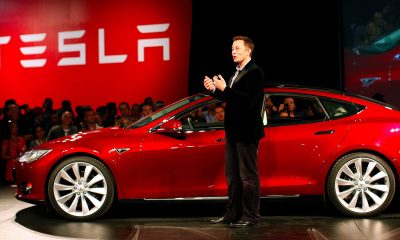
 Elon Musk2 weeks ago
Elon Musk2 weeks agoTesla CEO Elon Musk’s $1 trillion pay package hits first adversity from proxy firm
-
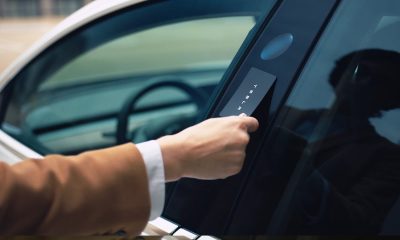
 News2 weeks ago
News2 weeks agoTesla might be doing away with a long-included feature with its vehicles
-
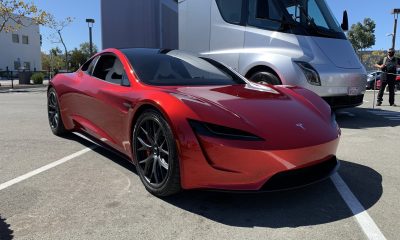
 News2 weeks ago
News2 weeks agoTesla updates fans on its plans for the Roadster

